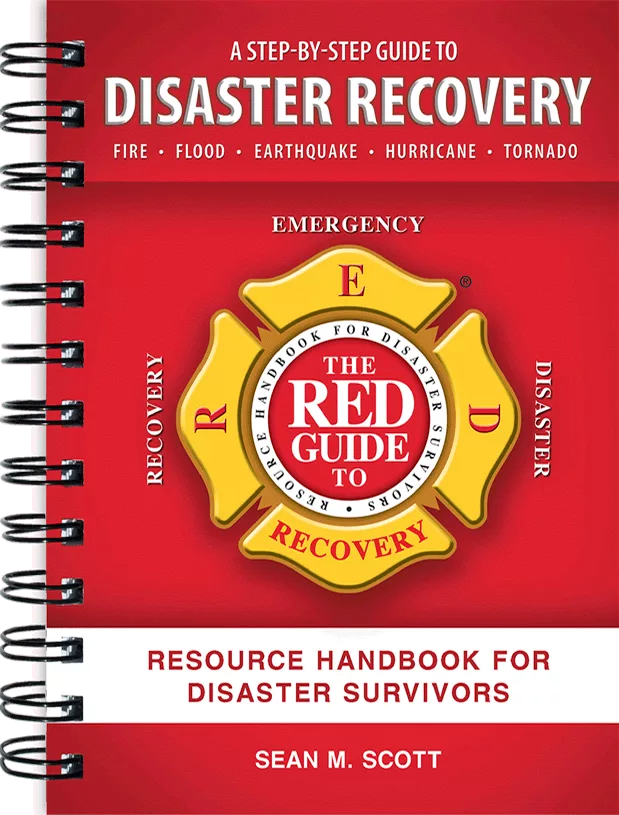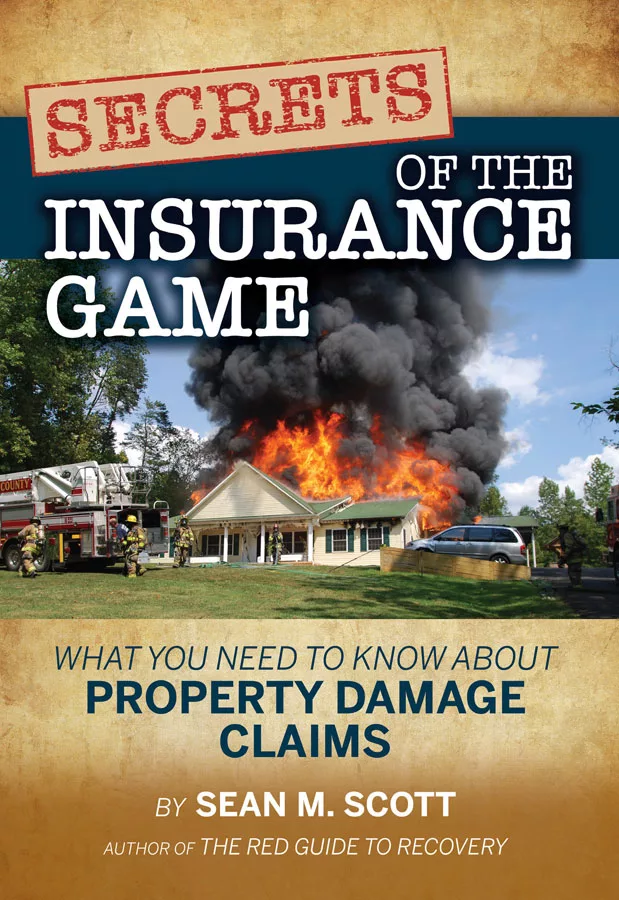Bio-Recovery: The R&R Interview

A continually evolving and expanding segment of the remediation industry, bio-recovery – better known as “crime scene cleanup” or “trauma cleaning” – has made great strides since it first came into being as an organized segment of the business almost two decades ago. Recently, R&R spoke with Kent Berg, director of the National Institute of Decontamination Specialists and founder of the American Bio-Recovery Association, to get his take on where the industry stands today and where it’s headed in the future.
Restoration & Remediation: Briefly, what falls under the scope of work when people talk about “bio-recovery”?
Kent Berg: Bio-recovery is actually a term that was derived from the words BioHazard Cleanup and Scene Recovery. We chose that term because our industry’s scope of work is actually much broader than cleaning crime scenes. We are often thought of as the guys that will clean up anything that is nasty, repulsive, or gross, so people naturally call us to clean up human feces, animal feces, dead animals – usually rotten ones – and gross filth, as in rotting food, poor hygiene, and piles and piles of garbage. Then there’s the decomposed human body scenes, meth labs, the occasional disease outbreak, and anything else that would cause a normal person to stay a hundred feet away to keep from puking.
R&R: You’ve been part of the bio-recovery profession pretty much since before it became a profession. Since that time, what are some of the biggest changes you’ve seen, both positive and negative?
KB: When I first started, very few people in this business knew anything about cleaning and disinfecting. They just wanted to make the visible contamination go away. No one in the insurance industry had ever heard of a crime scene cleanup company, and many adjusters argued that our services were not covered. Today, the biggest changes have been in our profile. What I mean by that is the public, who had never heard of our services, now see us in TV shows, documentaries, movies, magazines, and newspaper articles. We have recognition now, and families are more aware that these services exist.
Another change has been in the performance of the cleanup itself. We as an industry are much more aware of the antimicrobials we are using, the techniques and knowledge related to home construction, vehicle dismantling, and being able to actually render a property safe on a microscopic level.

KB: We know that our services will always be needed, but with a higher profile, we are seeing more and more companies starting up, and more and more fire/water restoration companies adding this service to their menus. Although the demand for our services is increasing, the individual companies’ call volumes aren’t growing as fast because there is more competition for that finite number of incidents.
The pros are that the public will have resources to respond if they need them, and that companies will have to step up their game in service quality and marketing. The cons are that the majority of these new companies are not attending training, not getting any type of certification beyond a half-day OSHA bloodborne pathogen course. It’s these companies that are dragging the good companies down when the public hears about a company throwing a bloody mattress in a dumpster, etc.

KB: I would have marketed harder. I assumed that people would need my service and seek me out. That was true for a while, but when competitors popped up with their marketing programs, the public chose who was freshest in their minds. It’s a hard lesson to learn, but one I will never forget.
R&R: Technologically speaking, what areas have seen the greatest advances? Chemicals? PPE? Containment?
KB: One of the advancements has been our recognition as a legitimate industry. Today, vendors of specialty restoration products are targeting our industry. Kimberly-Clark markets their suits with the “Recommended by the American Bio-Recovery Association” seal on them. Other products used in our industry have similar tie-ins with our trade association or at the very least mention in their advertising that their product is great for cleaning crime and trauma scenes. Even the insurance industry no longer recognizes us under their “janitorial service” heading, opting now for a “crime scene cleanup” designation for insurance coverage.
We are also seeing new technology in the form of new disinfectants, odor-remediation technology, and devices to actually measure how clean a surface really is. The National Organization for Victim Assistance is putting on a training program this fall for teaching all interested bio-recovery technicians how to better interact with victims and their families. Meanwhile, the National Institute of Occupational Safety and Health has sought out input so they may better understand our industry.
However, I believe the most important advancement for the industry has been the formation of training centers. Legitimate training programs help make sure that any technician who wants to be the best at their profession can attend a school that specializes in that field. By establishing a standard training and certification program, students graduate far ahead of their competitors and benefit from years of experience from seasoned industry professionals, scientists, chemists, and pathologists that helped to design the curriculum.
Looking for a reprint of this article?
From high-res PDFs to custom plaques, order your copy today!




